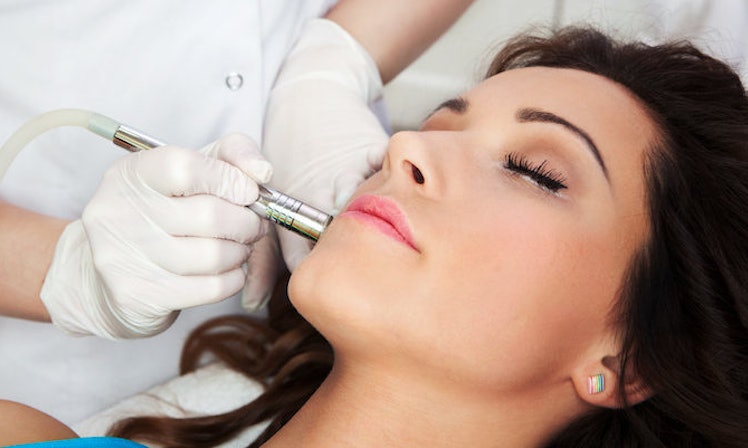Dyschromia is a disorder which results in the pigmentation of the skin or hair or nails. There are two kinds of dyschromia, hypopigmentation and hyperpigmentation. Hypopigmentation is the condition when skin is abnormally light from the real skin tone. Similarly, hyperpigmentation is the condition where the skin has exceptionally dark patches. Vitiligo is a common example of dyschromia with hypopigmentation where skin becomes abnormally lighter.

There are many reasons which trigger dyschromia in a person. Some common reasons are hormonal such as pregnancy or birth control pills. Environmental exposure and genetic predisposition are also one of the common factors which triggers this skin condition. There are no specific symptoms, but many a times the patient complains about complains about itchy skin. The condition can be really distressing for the patient but thankfully because of the advanced technology now we have the treatment easily available in the market.
Diagnosis
The diagnosis of dyschromia depends on the clinical examination and patient history. The hypopigmentation or hyperpigmentation initially starts as a patch and then it spreads. It can grow to multiple patches all over the body. Every skin condition in dyschromia is different. Light patches on the skin can be a part of eczema (pityriasis alba) or a fungal infection (tinea versicolor). Darker patches on the skin are usually a result of hormonal changes pertaining pregnancy and birth control. They might fade away on their own but the time varies person to person. Every individual condition of dyschromia needs a different treatment that’s why Dr. Steppie ensures a thorough examination of each patient before starting the treatment.
Treatment
Treatment of dyschromia heavily depends on the severity and the causes. There are several options available in the market such as topical creams, chemical peels and laser treatments. All of these are administered by Dr Steppie which can be incorporated along with your daily skin care regimen or as an alternative to your skin care regimen. Since chemical peels and laser treatments are not covered under medical insurance, associates in Dermatology offer different payment options.
The intensive skin brightener is also used to target UV damage and it fades away the pigmentation marks on the skin caused by sun exposure. This treatment helps skin inhibit melanin production which results in bright and flawless skin tone.
Laser Treatment Options
Intense pulsed light
Intense pulsed light or IPL is considered an effective treatment of dyschromia. The procedure destroys the abnormal colour of the skin leaving the patient with a smooth and clear skin.
Photodynamic therapy (PDT)
Dr Steppie’s clinic provides this laser treatment which includes many visible light lasers and intense pulsed light (IPL) devices to treat the damage. The red laser light triggers a photochemical reaction within the body that causes the activation of immunity and the release of cytotoxic. The results are visible after 3 sessions resulting in improved texture of the skin and dyschromia.
Fractional CO2 Laser Resurfacing
Another skin resurfacing option in Fractional CO2 Laser Resurfacing. The machine imparts CO2 laser at the skin which penetrates the skin causing it to release more collagen. It doesn’t have any kind of side effects and it gives a healthy glowing skin.














